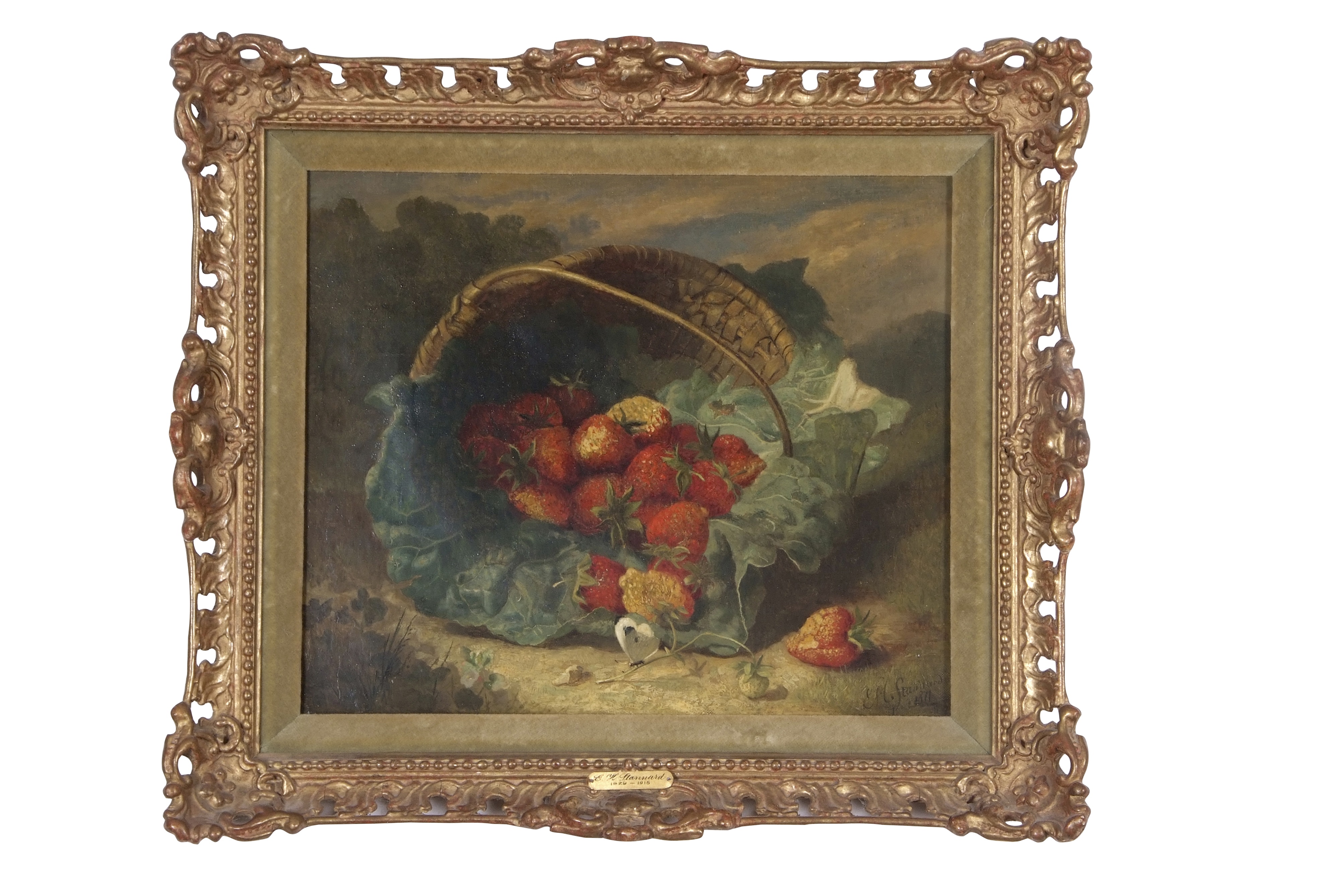

16/03/2024 General News
International Women’s Day last week celebrated the achievements of women in many different fields, writes Daniel Smith. It was both a welcome indication of the contribution women make to every part of our lives, and a reminder that there is still a long way to go before we can really claim that equality has been reached.
Both of those points are equally true in the art world. Around the world, just 7% of the artworks in the collections of major galleries are by women; in our own National Gallery, just 25 of the 2,391 works in the collection are by female artists – just over 1%.
The better news is that 51% of visual artists working today are women, according to the National Museum of Women in the Arts, and for all the lingering prejudice, it is unquestionably easier for women artists working today than in times past.
One of the pioneers of female art was actually born in Norwich, nearly 200 years ago, in 1829. Eloise Harriet Stannard was one of only two women artists associated with the Norwich School of Painters (the other being her aunt Emily Coppin Stannard).
Although she was a woman born into a man’s world, she did have the advantage of being part of a leading artistic family: her father was the landscape painter Alfred Stannard, and her uncle the painter Joseph Stannard (husband of Emily). Alfred was also a renowned drawing teacher, and Eloise was taught by him.
Unlike other members of the Norwich School who tended towards landscapes and pictures of the built environment, Eloise concentrated on still life, much influenced by the Dutch artist Jan van Huysum. She is best known for her paintings of bowls of fruit, and she developed a technique of using fine brushwork to build up multiple layers of paint, creating an almost luminous effect.
It is this beauty which makes Eloise Stannard’s pictures so sought after in the saleroom. Although painted in the 19th century, they have a modernity about them, and they appear to light up the entire room.
Unlike many artists, Stannard’s work found plenty of buyers during her lifetime, and she did not need to resort to taking in pupils, which was the lot of almost every woman artist (and many men, too) in the 19th century. She first exhibited at the British Institution in 1852, and before that decade was out she had shown her work at the Royal Academy of Art, the Royal Society of British Artists and the Royal Glasgow Institute.
She became a member of the Society of Female Artists (now the Society of Women Artists) in 1871, just 16 years after it was founded. She died in 1915, aged 86.
Keys’ spring East Anglia Art Sale has not one but five works by Eloise Harriet Stannard, including a stunning pair of still life studies of peaches and redcurrants on Willow pattern plates dating from 1899, which have a pre-sale estimate of £3,000-£4,000.
Although it is still tough, finding recognition is easier for female artists today largely due to the work done by women in the 19th century. We should be very proud that one of those leading pioneers was born right here in Norfolk.